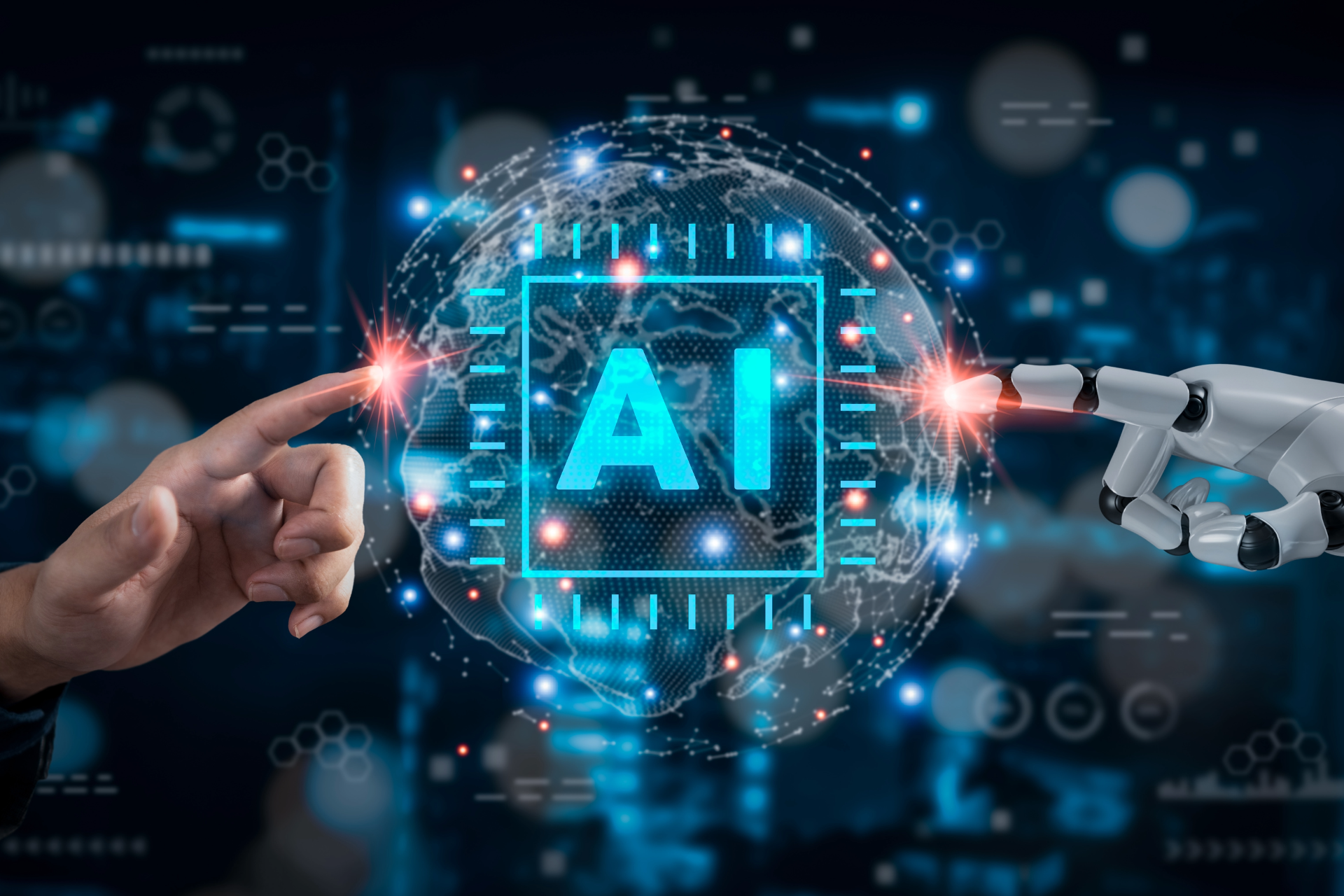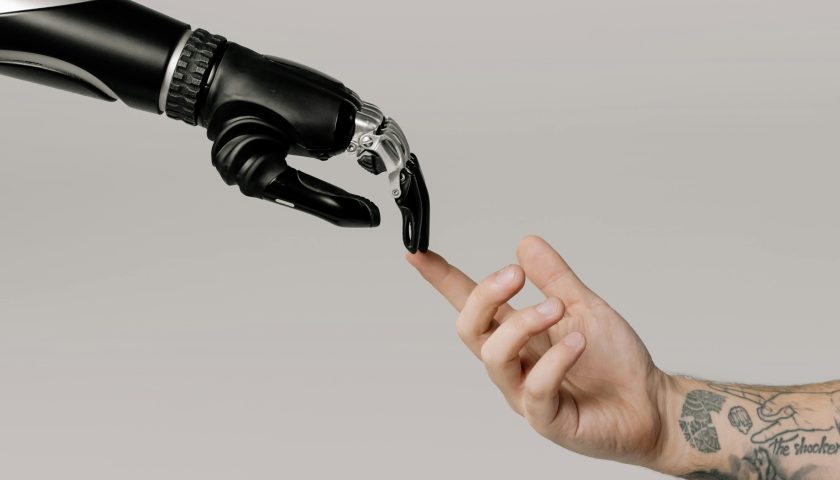Introduction: The Role of AI in Revolutionizing Photography
In today’s digital age, photography has become an integral part of our lives. From capturing precious moments to promoting products and services, businesses rely heavily on high-quality images to engage their audience. However, the process of capturing, editing, and analyzing images can be time-consuming and resource-intensive. This is where Artificial Intelligence (AI) comes into play, revolutionizing the field of photography and enhancing business efficiency.
Enhancing Image Quality and Editing Efficiency with AI
One of the key areas where AI has made significant strides in revolutionizing photography is in enhancing image quality and editing efficiency. AI-powered algorithms can analyze and enhance images, improving their sharpness, color accuracy, and overall visual appeal. This not only saves time for photographers but also ensures that businesses can present their products and services in the best possible light.
For example, companies like Adobe have integrated AI into their popular photo editing software, Adobe Photoshop. The AI-powered “Enhance Details” feature uses machine learning algorithms to analyze and enhance image details, resulting in sharper and more detailed photographs. This eliminates the need for manual adjustments, allowing photographers to focus on their creative vision and deliver high-quality images efficiently.
Streamlining Workflow and Productivity with AI-Driven Automation
Another significant impact of AI in revolutionizing photography is streamlining workflow and increasing productivity through automation. AI-powered tools can automate repetitive tasks, such as organizing and categorizing images, keyword tagging, and even basic editing. This not only saves time but also reduces the risk of human error, ensuring consistent and efficient image management.
For instance, companies like Google have developed AI-driven solutions like Google Photos, which automatically organizes and tags images based on their content. This eliminates the need for manual sorting and tagging, allowing photographers to quickly find and access the images they need. Moreover, AI-powered automation can also assist in batch editing, where multiple images can be edited simultaneously based on predefined parameters, further increasing efficiency.
Leveraging AI for Advanced Image Analysis and Insights
AI techniques have also revolutionized photography by enabling advanced image analysis and providing valuable insights. AI algorithms can analyze images to identify objects, faces, emotions, and even detect specific attributes like age, gender, and sentiment. This opens up new possibilities for businesses to gain valuable insights from their visual content.
For example, e-commerce companies can leverage AI-powered image analysis to automatically tag products in images, making them easily searchable and improving the overall user experience. Additionally, AI can analyze customer reactions to images, helping businesses understand which visuals resonate the most with their target audience. This data-driven approach allows businesses to optimize their visual content strategy and drive better engagement and conversions.
Conclusion
Artificial Intelligence has undoubtedly revolutionized the field of photography, offering businesses new opportunities to enhance image quality, streamline workflow, and gain valuable insights. By leveraging AI techniques, businesses can save time, increase productivity, and deliver high-quality visuals that captivate their audience. As AI continues to advance, we can expect even more innovative solutions that will further transform the way we capture, edit, and analyze images, ultimately driving business efficiency and success.







